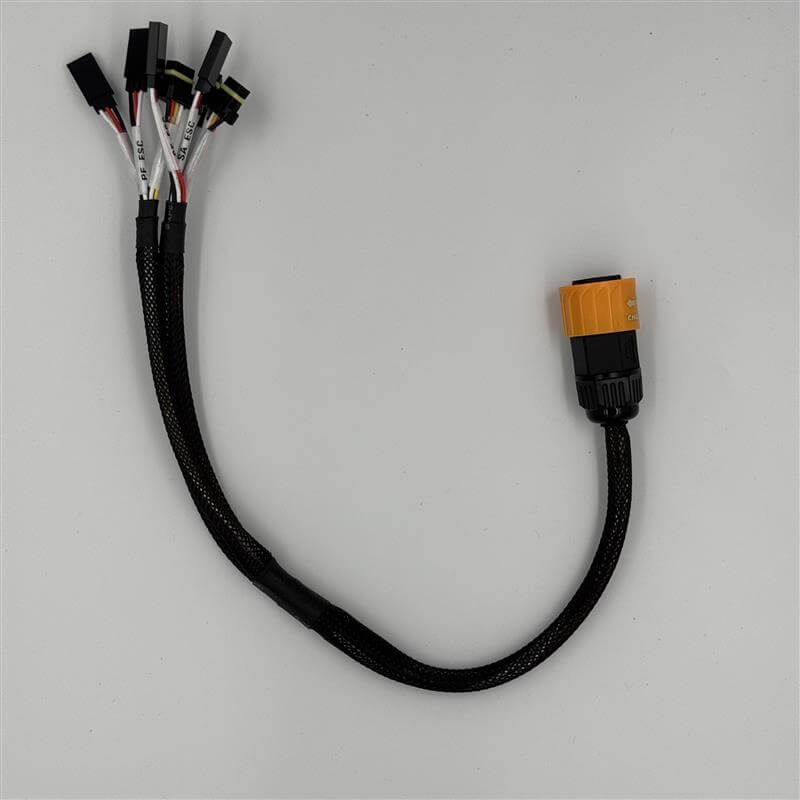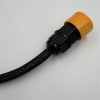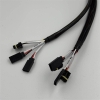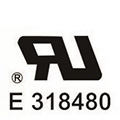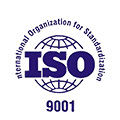Wire Harness For Commercial UAV
The Role of Wire Harnesses in Commercial UAVs
Wire harnesses are responsible for connecting various electronic components within a UAV, including power systems, control units, sensors, cameras, GPS modules, communication systems, and payload systems. These connections ensure that all parts of the UAV operate in harmony, providing accurate data transmission and consistent power supply.
The complexity of modern UAVs requires wire harnesses to be meticulously designed to minimize weight while ensuring durability and reliability. High-performance UAVs, particularly those used in commercial and industrial sectors, often demand customized wire harness solutions to meet specific requirements.
Design Considerations for UAV Wire Harnesses
When designing wire harnesses for commercial UAVs, several critical factors must be considered:
- Weight and Space Optimization: UAVs require lightweight components to maximize efficiency and flight duration. Designing compact wire harnesses with minimal weight is essential.
- Environmental Resistance: UAVs often operate in diverse environments, including extreme temperatures, moisture, dust, and electromagnetic interference. Wire harnesses must be built to withstand these challenges.
- Electrical Performance: Ensuring proper insulation, conductivity, and shielding is vital to prevent signal loss, interference, or power disruptions.
- Durability and Flexibility: Wire harnesses must be durable enough to endure vibrations, mechanical stress, and repeated movements during flight and landing.
- Customization: Different UAV applications require specialized harnesses. Manufacturers must customize designs to accommodate unique specifications, such as power ratings, connector types, and routing paths.
Manufacturing Process of UAV Wire Harnesses
The production of wire harnesses for UAVs involves several stages, including design, prototyping, assembly, testing, and quality assurance. Each step plays a vital role in ensuring the final product meets performance standards.
- Design and Prototyping: Initial designs are created based on client specifications and application requirements. Prototypes are produced to test compatibility and functionality.
- Material Selection: High-quality wires, connectors, terminals, and insulation materials are chosen to provide optimal performance under various conditions.
- Assembly: Components are carefully assembled using techniques such as soldering, crimping, and overmolding. Precision is crucial to avoid defects.
- Testing: Rigorous testing is conducted to verify electrical performance, mechanical durability, and environmental resistance.
- Quality Assurance: Ensuring consistent quality through adherence to industry standards and customer requirements.
Challenges in UAV Wire Harness Manufacturing
The manufacturing of wire harnesses for commercial UAVs presents numerous challenges, which must be addressed to ensure optimal performance and reliability.
- Weight Reduction Without Compromising Durability: UAVs demand lightweight wire harnesses to improve efficiency. However, achieving this without compromising durability and strength remains a challenge.
- Environmental Robustness: Exposure to extreme temperatures, moisture, and electromagnetic interference can degrade harness performance over time.
- Complexity of Customization: Custom wire harness designs for various UAV models require tailored solutions, increasing production complexity and cost.
- Quality Control: Maintaining consistent quality throughout production, especially during mass manufacturing, requires stringent quality control processes.
- Connector Reliability: Ensuring reliable connections between harnesses and components is essential to prevent malfunction during flight.
Solutions and Innovations
Manufacturers are developing innovative solutions to overcome these challenges and enhance the quality of UAV wire harnesses.
- Advanced Materials: Using high-performance materials such as lightweight composite wires and specialized insulations to improve strength-to-weight ratio.
- Improved Testing Protocols: Enhadvanced testing methods to detect flaws, including automated inspection systems and rigorous environmental testing.
- Modular Designs: Implementing modular harness systems to simplify assembly, improve flexibility, and reduce maintenance efforts.
- Industry Standards Compliance: Adhering to standards such as AS9100 and ISO 9001 to ensure consistent quality and performance.
- Collaboration with UAV Manufacturers: Working closely with UAV manufacturers to design and produce tailored wire harnesses that meet specific requirements.



